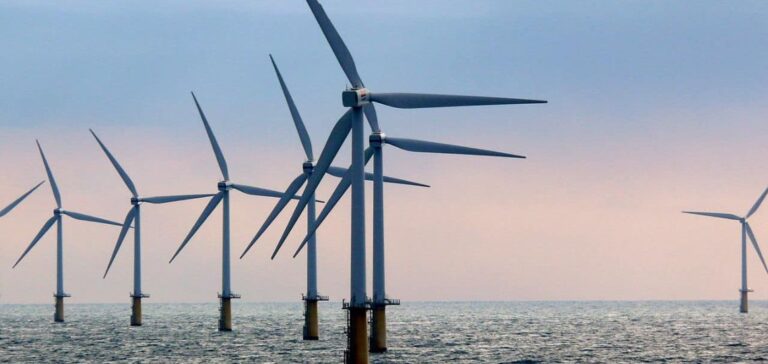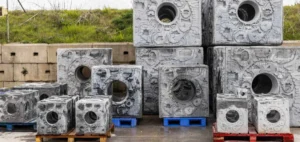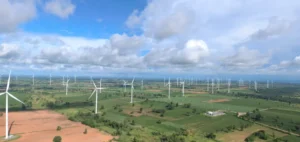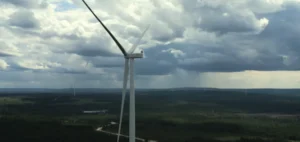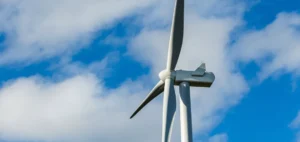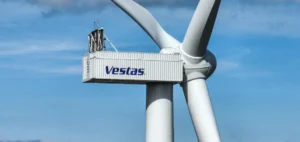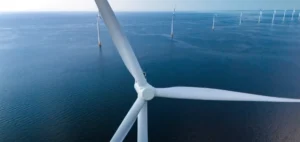Nexif Ratch Energy announced on 3 March that it had secured the Environmental Compliance Certificate (ECC) for the pre-development phase of its San Miguel Bay offshore wind project in the Philippines. This certificate, issued by the Department of Environment and Natural Resources (DENR), allows the company to begin technical and environmental studies required for site planning. The approval falls under the Philippine Environmental Impact Statement System (PEISS), which governs large-scale projects with potential environmental impacts.
This clearance authorises Nexif Ratch Energy to undertake preliminary activities including offshore geotechnical and geophysical investigations, wind and metocean measurements, as well as the establishment of environmental and social baseline data. These studies are critical to determining the technical and commercial specifications of the project, which has a planned capacity of 500 megawatts.
Strategic status confirmed by the government
In December, the San Miguel Bay project was already recognised as a nationally significant initiative through the granting of the Energy Project of National Significance (CEPNS) certificate by the Department of Energy (DOE). It has also been designated a Strategic Investment under the Green Lane Initiative of the Board of Investments (BOI), a scheme designed to accelerate administrative processing for high-value energy developments.
The development of the San Miguel Bay site is part of Nexif Ratch Energy’s broader efforts in the archipelago. The company is also pursuing the same ECC approval for a second offshore wind project of 475 MW located in Lucena, Quezon Province. This project obtained the CEPNS in January 2025, reinforcing its eligibility for the fifth Green Energy Auction (GEA-5), scheduled for the third quarter.
Preparations underway for upcoming national auction
By securing these regulatory approvals, Nexif Ratch Energy positions itself ahead of the upcoming tender process conducted by the DOE, which will determine new capacity additions to the national grid. The GEA-5 offers developers the opportunity to secure long-term power purchase agreements underwritten by the state.
Company officials welcomed the collaboration with Philippine authorities in progressing regulatory procedures. They emphasised the strategic relevance of both projects for national energy diversification planning and for establishing a nascent offshore wind sector in the region.


